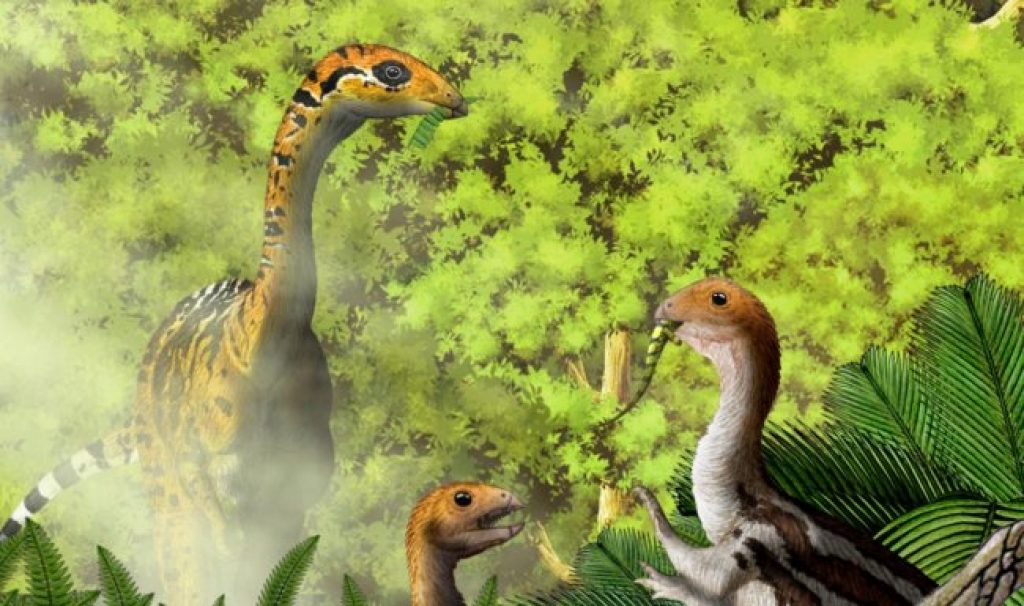The prehistoric world was home to an incredible diversity of dinosaurs with varying physical features that evolved to suit different survival needs. Among these adaptations, one of the most fascinating is the development of beaks in certain dinosaur lineages instead of teeth. This evolutionary shift not only changed how these creatures looked but fundamentally altered how they fed and interacted with their environment and ultimately contributed to their survival success.
The transition from toothed jaws to beaked structures represents one of the most significant anatomical adaptations in dinosaur evolution, providing insights into the remarkable diversity and adaptability of these ancient creatures.
The Evolutionary Advantage of Beaks

Beaks offered several evolutionary advantages to the dinosaurs that developed them. Unlike teeth, which require significant energy to grow, maintain, and replace when damaged, beaks grow continuously and can self-repair through keratin production. This meant that beaked dinosaurs could invest less biological energy in their feeding apparatus while still maintaining an effective tool for gathering and processing food.
Additionally, beaks provided versatility that teeth sometimes couldn’t match – they could be used for precise picking, cutting, crushing, or filter-feeding depending on their shape and the dinosaur’s ecological niche. The lightweight nature of beaks also contributed to reducing the overall head weight, which was particularly advantageous for flying or fast-moving species. These combined benefits made beaks a successful adaptation that appeared independently in multiple dinosaur lineages.
Origins in Theropod Dinosaurs

The development of beaks among dinosaurs is particularly notable in the theropod lineage, which includes both the fearsome carnivores like Tyrannosaurus rex and the ancestors of modern birds. Early signs of beak-like structures began to appear in certain theropod groups during the Jurassic period, around 150-160 million years ago. These primitive beaks often coexisted with teeth, creating transitional forms that displayed both features.
As evolution progressed, some theropod lineages gradually lost their teeth entirely, replacing them with fully-formed beaks of various shapes and sizes. This transformation is dramatically illustrated in the fossil record of maniraptoran dinosaurs, the group that would eventually give rise to birds. The appearance of beaks in these dinosaurs represents one of the clearest examples of evolutionary adaptation visible in the fossil record.
Ornithischian Beaks: A Different Evolutionary Path

While theropods famously developed beaks in the lineage leading to birds, a parallel evolution occurred in ornithischian dinosaurs – the “bird-hipped” dinosaurs that include well-known groups like ceratopsians (horn-faced dinosaurs), hadrosaurs (duck-billed dinosaurs), and pachycephalosaurs (dome-headed dinosaurs). Unlike theropods, which often evolved beaks in conjunction with predatory or omnivorous diets, ornithischians primarily developed beaks as an adaptation for herbivory.
These structures were perfect for cropping vegetation efficiently without the need for constant tooth replacement. In ceratopsians like Triceratops, the beak formed at the front of the snout as a sharp cutting tool that worked in coordination with batteries of grinding teeth further back in the mouth. This combination created an effective feeding system that allowed these dinosaurs to process tough plant material with remarkable efficiency.
Beaks in Ceratopsian Dinosaurs
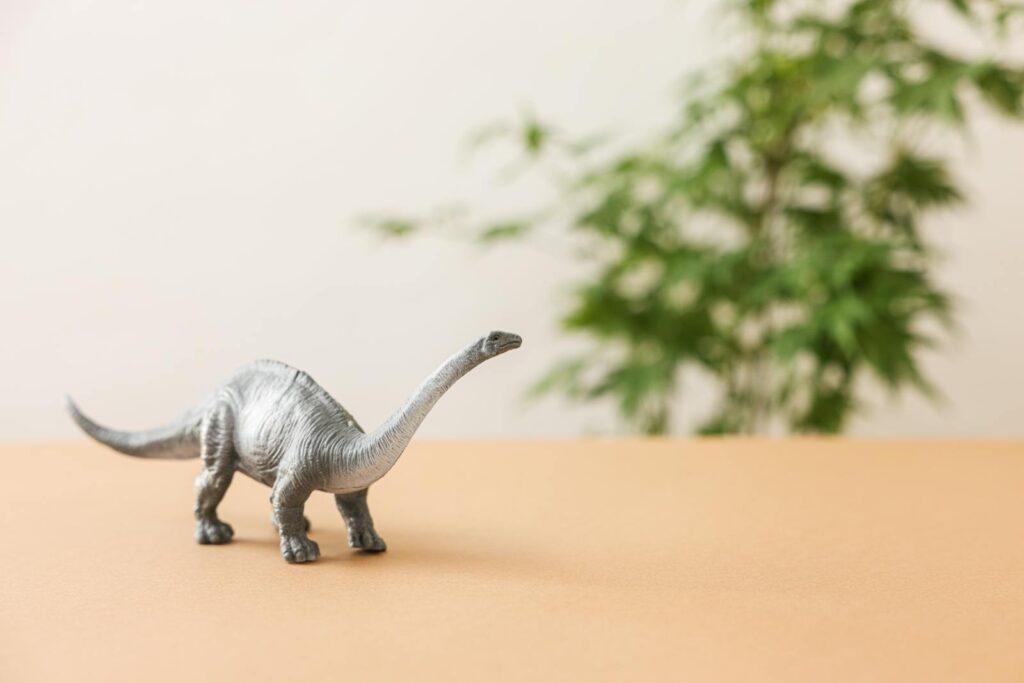
Ceratopsian dinosaurs, including famous specimens like Triceratops and Protoceratops, featured some of the most distinctive beak adaptations among dinosaurs. Their beaks formed at the front of their jaws, creating sharp, parrot-like structures that served as efficient cutting tools for vegetation. These beaks were composed of keratin and were supported by a unique bone called the rostral bone at the tip of the snout, which has no direct equivalent in modern animals.
Behind these beaks, ceratopsians retained batteries of teeth that worked like dental grinding mills to process plant material. This combination of a sharp cutting beak with powerful grinding teeth created an incredibly efficient feeding system. The ceratopsian beak also didn’t require replacement like teeth, allowing continuous feeding without interruption for dental regeneration, giving these dinosaurs a competitive advantage in their environments.
The Duck-Billed Dinosaur Adaptation

Hadrosaurs, commonly known as duck-billed dinosaurs, represent one of the most successful implementations of beaks in dinosaur evolution. These creatures possessed broad, flattened beaks that extended across the front of their snouts, creating the duck-like appearance that gives them their common name. Unlike modern birds, however, hadrosaurs retained hundreds of teeth behind their beaks, arranged in complex dental batteries capable of grinding tough plant material.
Their beaks likely functioned as efficient cropping tools for gathering vegetation before passing it back to the teeth for processing. Evidence suggests that different hadrosaur species evolved slightly different beak shapes to specialize in various types of vegetation, from soft aquatic plants to tougher terrestrial flora. This specialization allowed different hadrosaur species to coexist in the same ecosystems by exploiting different food resources, demonstrating the remarkable adaptability of the beak structure.
Oviraptorids: The Misunderstood Beaked Dinosaurs
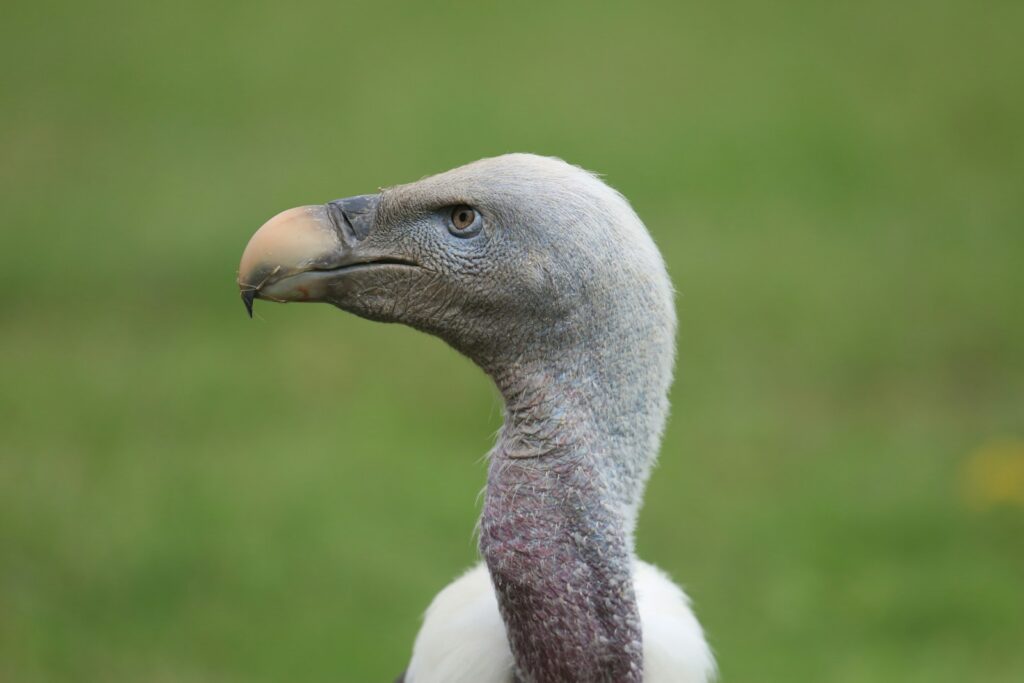
Oviraptorids represent one of the most fascinating examples of beaked dinosaurs in the fossil record. Initially misinterpreted as “egg thieves” (their name literally means “egg thief”) when discovered near dinosaur nests, later evidence revealed they were protecting their eggs. These theropod dinosaurs evolved powerful, parrot-like beaks that were completely toothless. The function of their distinctive beaks has been the subject of considerable scientific debate, with theories ranging from specialized adaptations for eating shellfish or nuts to tools for processing vegetation or even small animals.
Recent studies of their jaw mechanics suggest they had surprisingly powerful bites, potentially allowing them to crack hard-shelled foods that other dinosaurs couldn’t access. The wide diversity of beak shapes among different oviraptorid species indicates they evolved to fill various ecological niches, demonstrating how beaks provided evolutionary flexibility for specialization.
The Connection Between Beaks and Diet

The evolution of beaks in different dinosaur groups strongly correlates with their dietary preferences and feeding behaviors. Herbivorous dinosaurs often developed beaks as efficient tools for cropping vegetation without damaging or wearing down their teeth. This adaptation was particularly important for dinosaurs that fed on abrasive plant materials containing silica or other minerals that would quickly wear down dental tissues. Omnivorous dinosaurs like certain oviraptorids evolved beaks that could process a variety of foods, from eggs and small animals to seeds and fruits.
Even among carnivorous dinosaurs, some species began developing beak-like structures at the front of their jaws while maintaining teeth further back, creating a hybrid feeding apparatus. Paleontologists can often infer the diet of extinct dinosaur species by examining the shape, size, and structure of their beaks, much as ornithologists do with modern birds. This relationship between beak morphology and diet reveals how these structures evolved in response to the specific ecological challenges each dinosaur group faced.
Beaks and Dinosaur Behavior
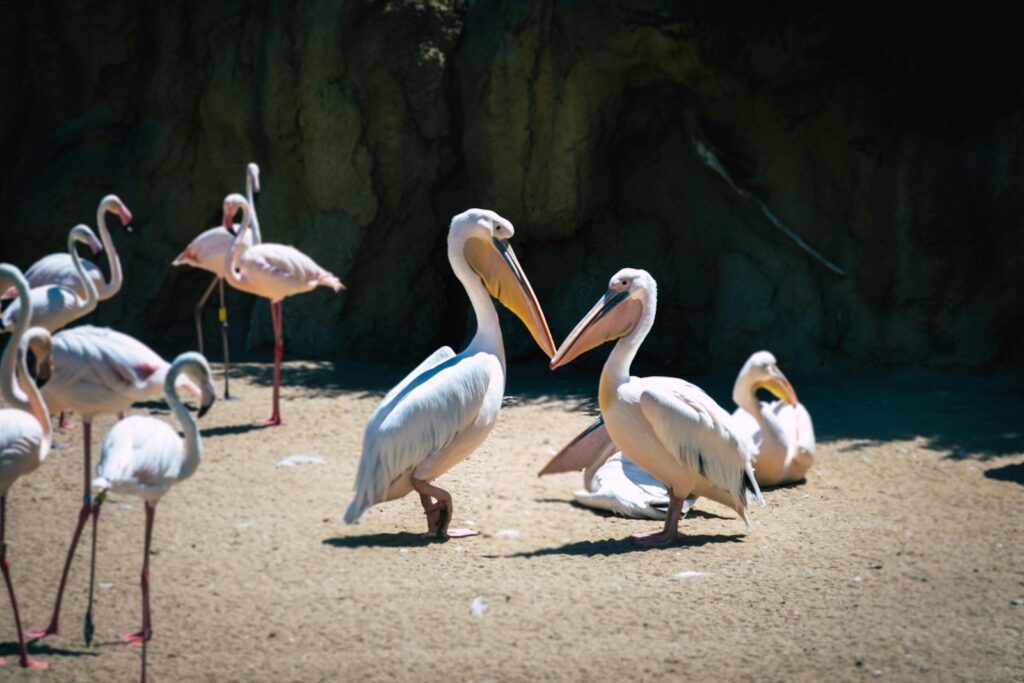
The presence of beaks in certain dinosaur species didn’t just influence how they ate—it likely affected numerous aspects of their behavior and lifestyle. For social species, beaks may have played roles in display, communication, or even courtship rituals, similar to how modern birds use their beaks for social signaling. The distinctive shapes and colors of some dinosaur beaks might have served as species recognition signals or indicators of health and vitality to potential mates. Beaked dinosaurs would have also used these structures for nest-building, preening, and caring for their young.
Fossil evidence from oviraptorids shows they sat on nests in bird-like postures, potentially using their beaks to manipulate eggs and assist hatching young. In herbivorous species, different beak shapes allowed for specialized feeding behaviors, from cropping leaves high in trees to grinding low vegetation close to the ground. These behavioral adaptations demonstrate how the evolution of beaks created new possibilities for dinosaur lifestyles and ecological adaptations.
The Transition to Modern Bird Beaks

The evolution of beaks reached its pinnacle in the theropod lineage that eventually gave rise to modern birds. This transition represents one of the most well-documented evolutionary progressions in the fossil record. Early bird-like dinosaurs such as Archaeopteryx still retained teeth, while showing the beginnings of beak-like structures at the tip of their snouts. Over millions of years, teeth were gradually reduced and eventually eliminated entirely in the ancestors of modern birds, being replaced by fully-developed keratin beaks.
This transition wasn’t merely cosmetic—it fundamentally altered how these creatures interacted with their environment. The lightweight nature of beaks compared to jaws full of teeth reduced head weight, which was crucial for the development of powered flight. The diverse shapes and sizes of modern bird beaks, from the massive bills of toucans to the specialized probing beaks of hummingbirds, all evolved from these dinosaur precursors, showcasing the remarkable adaptability of this evolutionary innovation.
Beaks vs. Teeth: Biological Trade-offs

The evolution from teeth to beaks in certain dinosaur lineages represents a fascinating study in evolutionary trade-offs. Teeth offer certain advantages: they’re extremely durable, can be specialized for different functions (cutting, crushing, or grinding), and many dinosaurs could continuously replace them throughout their lives.
However, teeth also require significant biological resources to produce and maintain, particularly for species that shed and replaced them frequently. Beaks, in contrast, grow continuously through the addition of keratin (the same protein found in human fingernails), requiring less energy to maintain than constant tooth replacement.
Beaks are also generally lighter than tooth-filled jaws, reducing head weight—a critical advantage for flying species. While beaks may not match the raw crushing power of certain specialized teeth, they offered unprecedented versatility, allowing dinosaurs to adapt to new ecological niches. This evolutionary trade-off ultimately proved highly successful, as evidenced by the remarkable diversity of beak-bearing birds that outlived their toothed dinosaur ancestors.
Evidence from the Fossil Record
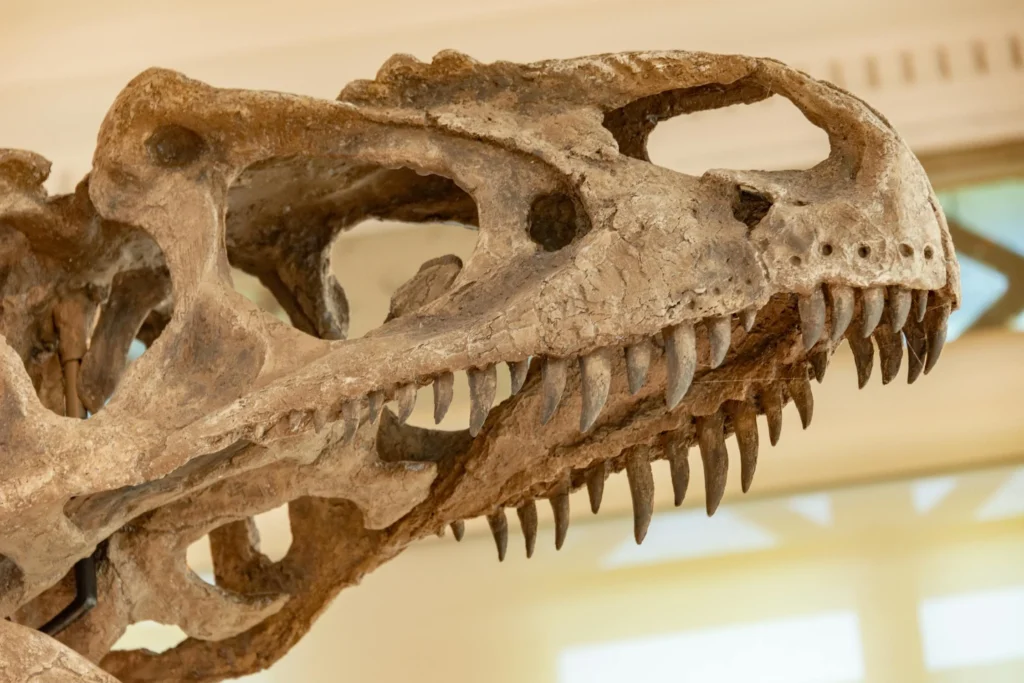
The fossil record provides remarkable insights into how beaks evolved among different dinosaur lineages. Exceptionally preserved specimens sometimes retain impressions of the keratin covering that formed the outer beak, giving paleontologists crucial information about the structure’s original shape and size beyond just the supporting bones. Microscopic analysis of wear patterns on beaks can reveal details about feeding behaviors and diet that would otherwise remain unknown. Transitional fossils showing intermediate forms between toothed and beaked dinosaurs are particularly valuable, illustrating the gradual nature of this evolutionary shift.
For example, fossils of Limusaurus inextricabilis show that this theropod hatched with teeth but lost them as it matured, developing a beak-like structure in adulthood—a remarkable example of developmental evolution preserved in the fossil record. Through careful study of these fossil specimens, scientists continue to refine our understanding of when, how, and why beaks evolved repeatedly in different dinosaur groups.
Modern Analogues: Beaks in Today’s World
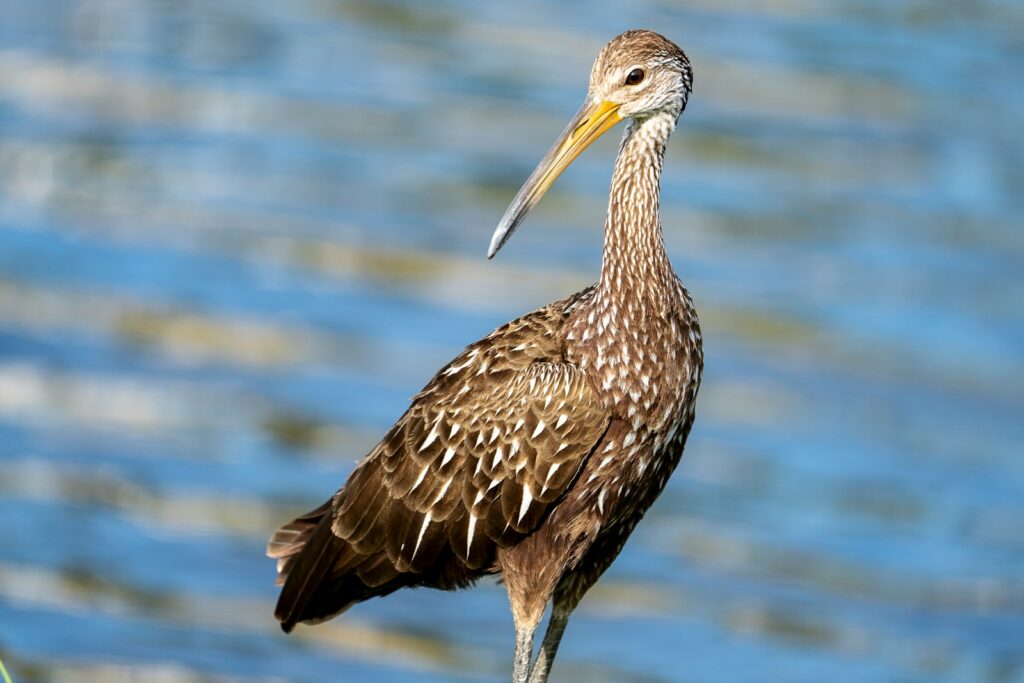
The legacy of dinosaur beaks continues in the remarkable diversity of modern birds, which represent the only surviving dinosaur lineage. Today’s approximately 10,000 bird species showcase an incredible variety of beak shapes and sizes, each specialized for particular diets and ecological niches. This diversity offers valuable insights into how ancient beaked dinosaurs might have used their similar structures.
Beyond birds, several other modern animals have independently evolved beak-like structures, providing fascinating examples of convergent evolution. Turtles possess powerful beaks made of keratin that allow them to crop vegetation or crush hard-shelled prey. Platypuses have developed sensitive, duck-like bills adapted for detecting prey in murky waters.
Even some fish, like parrotfish, have evolved beak-like structures formed from modified teeth. These modern analogues help paleontologists interpret the function and importance of beaks in extinct dinosaur species, demonstrating how similar selective pressures can produce comparable adaptations across vastly different animal groups.
The Ecological Impact of Beaked Dinosaurs
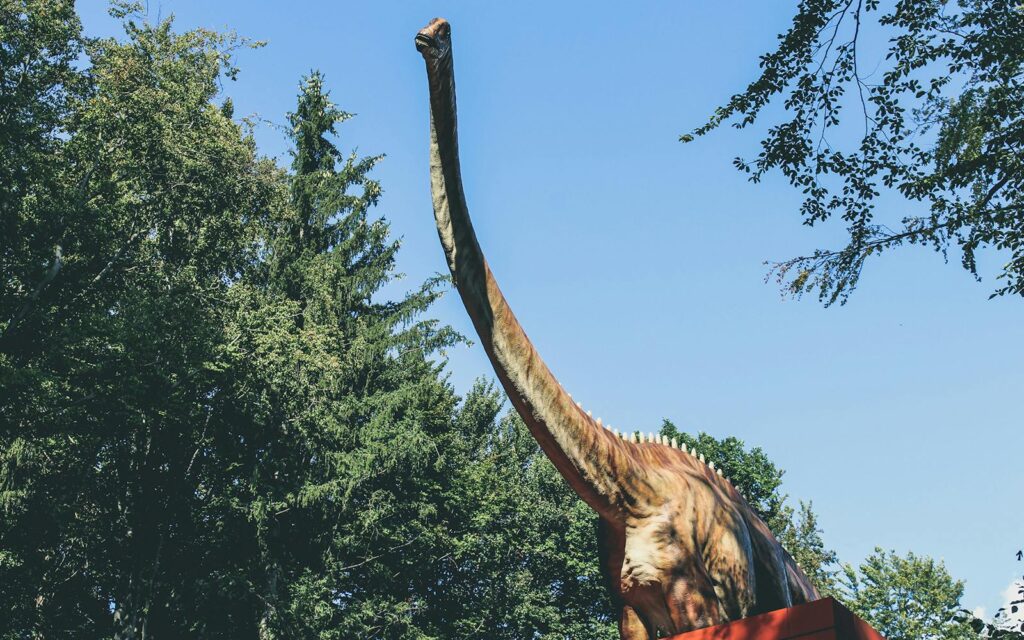
The evolution of beaks fundamentally changed how certain dinosaur groups interacted with their environments, ultimately reshaping entire ecosystems. Beaked herbivores could process plant materials more efficiently, potentially allowing them to extract nutrition from vegetation that toothed species couldn’t effectively utilize. This adaptation may have contributed to the remarkable success of groups like the hadrosaurs and ceratopsians during the late Cretaceous period.
The diverse specialization of beaks also allowed multiple dinosaur species to coexist in the same habitats by exploiting different food resources, increasing the overall ecological complexity of prehistoric environments. As beaked theropods evolved into birds, they gradually occupied aerial niches that were previously uninhabited, creating entirely new ecological relationships.
The development of various beak types for seed-eating likely influenced plant evolution as well, potentially driving the diversification of flowering plants through new seed dispersal mechanisms. Through these profound ecological interactions, the evolution of dinosaur beaks helped shape the very nature of terrestrial ecosystems millions of years before humans existed.
Conclusion
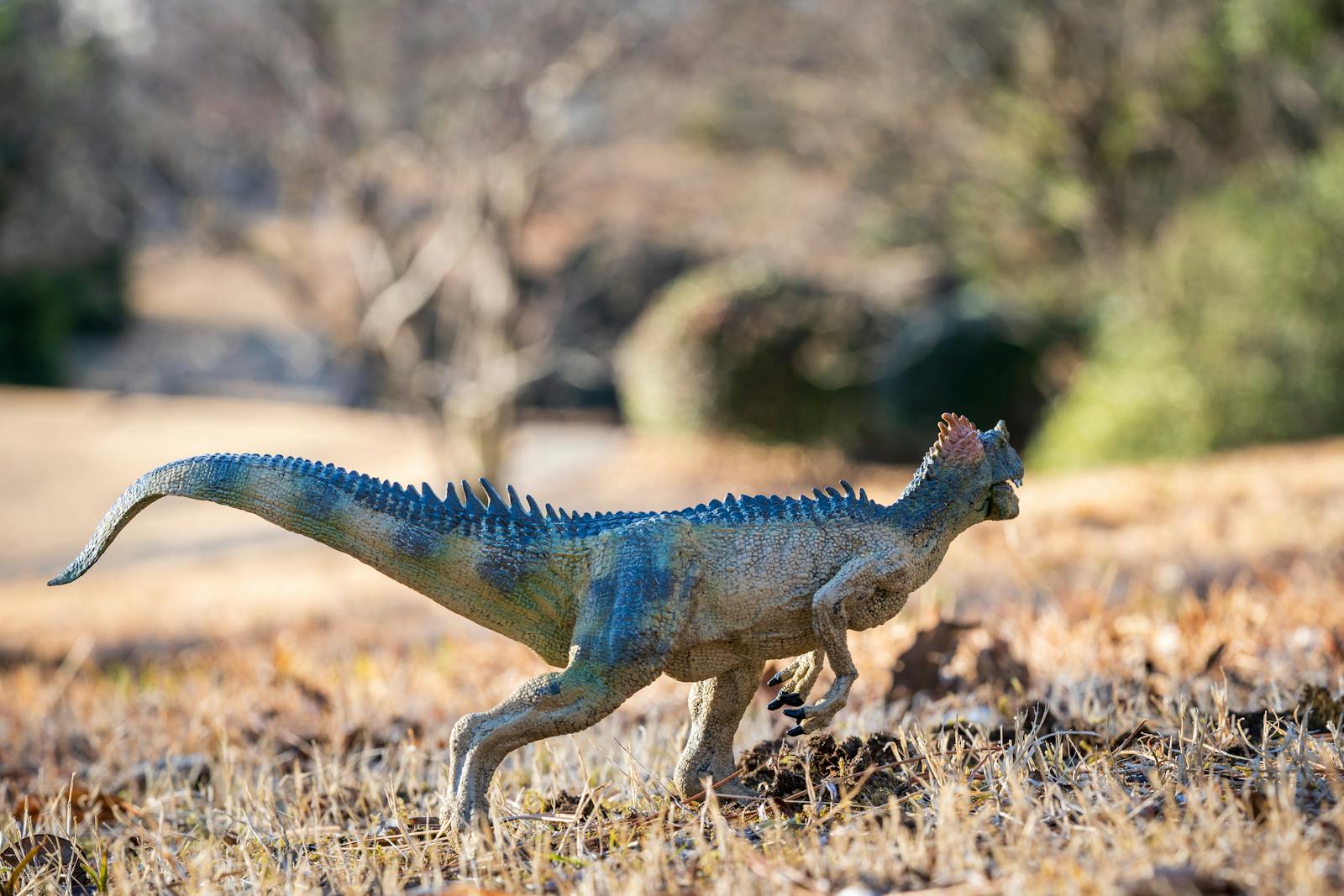
The evolution of beaks in various dinosaur lineages represents one of nature’s most successful anatomical innovations. From the powerful cutting beaks of ceratopsians to the specialized bills of bird-like theropods, these structures provided adaptable solutions to the challenges of feeding, survival, and reproduction. The transition from teeth to beaks wasn’t a simple, one-time event but occurred independently in multiple dinosaur groups, demonstrating the remarkable power of convergent evolution.
This adaptation ultimately reached its zenith in modern birds, whose incredible diversity of beak shapes continues to showcase the evolutionary potential first unlocked by their dinosaur ancestors. By studying the development, structure, and function of dinosaur beaks, paleontologists gain valuable insights not only into these fascinating prehistoric creatures but also into the fundamental principles that drive evolutionary change and adaptation.

